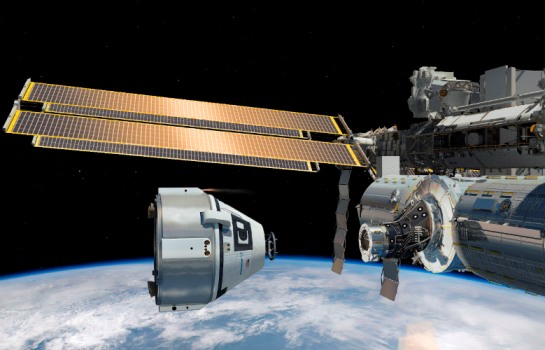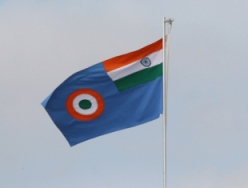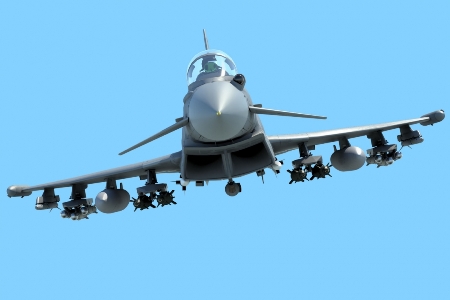
An artistic illiustration of the CST-100 spacecraft docking with the ISS. Boeing's crew transportation system, including the CST-100 spacecraft, has advanced through various commercial crew development and certification phases. A Boeing photo
WASHINGTON (PTI): NASA has placed an order with Boeing for the first operational mission to ferry astronauts to the International Space Station in 2017.
The Commercial Crew Programme ordered its first crew rotation mission from The Boeing Company, NASA said.
SpaceX, which successfully performed a pad abort test of its flight vehicle earlier this month, is expected to receive its first order later this year.
Decision on which company will fly its mission to the station first will be made at a later time.
The contract calls for the orders to take place prior to certification to support the lead time necessary for the first mission in late 2017, provided the contractors meet certain readiness conditions.
Missions flown to the station on Boeing's Crew Space Transportation (CST)-100 and SpaceX's Crew Dragon spacecraft will restore America's human spaceflight capabilities and increase the amount of scientific research that can be conducted aboard the orbiting laboratory.
"Final development and certification are top priority for NASA and our commercial providers, but having an eye on the future is equally important to the commercial crew and station programmes," said Kathy Lueders, manager of NASA's Commercial Crew Programme.
"Our strategy will result in safe, reliable and cost-effective crew missions," said Lueders.
Boeing's crew transportation system, including the CST-100 spacecraft, has advanced through various commercial crew development and certification phases.
The company recently completed the fourth milestone in the Commercial Crew Transportation Capability (CCtCap) phase of the programme, the delta integrated critical design review.
This milestone demonstrates the transportation system has reached design maturity appropriate to proceed with assembly, integration and test activities.
"We're on track to fly in 2017, and this critical milestone moves us another step closer in fully maturing the CST-100 design," said John Mulholland, Boeing's vice president of Commercial Programmes.
Orders under the CCtCap contracts are made two to three years prior to the missions to provide time for each company to manufacture and assemble the launch vehicle and spacecraft.
A standard mission to the station will carry four NASA or NASA-sponsored crew members and about 220 pounds of pressurised cargo.
The spacecraft will remain at the station for up to 210 days and serve as an emergency lifeboat during that time. Each contract includes a minimum of two and a maximum potential of six missions.
"Commercial Crew launches are critical to the International Space Station Program because it ensures multiple ways of getting crews to orbit," said Julie Robinson, ISS chief scientist.
 Previous Article
Previous Article Next Article
Next Article













The Indian Air Force, in its flight trials evaluation report submitted before the Defence Ministry l..
view articleAn insight into the Medium Multi-Role Combat Aircraft competition...
view articleSky enthusiasts can now spot the International Space Station (ISS) commanded by Indian-American astr..
view article